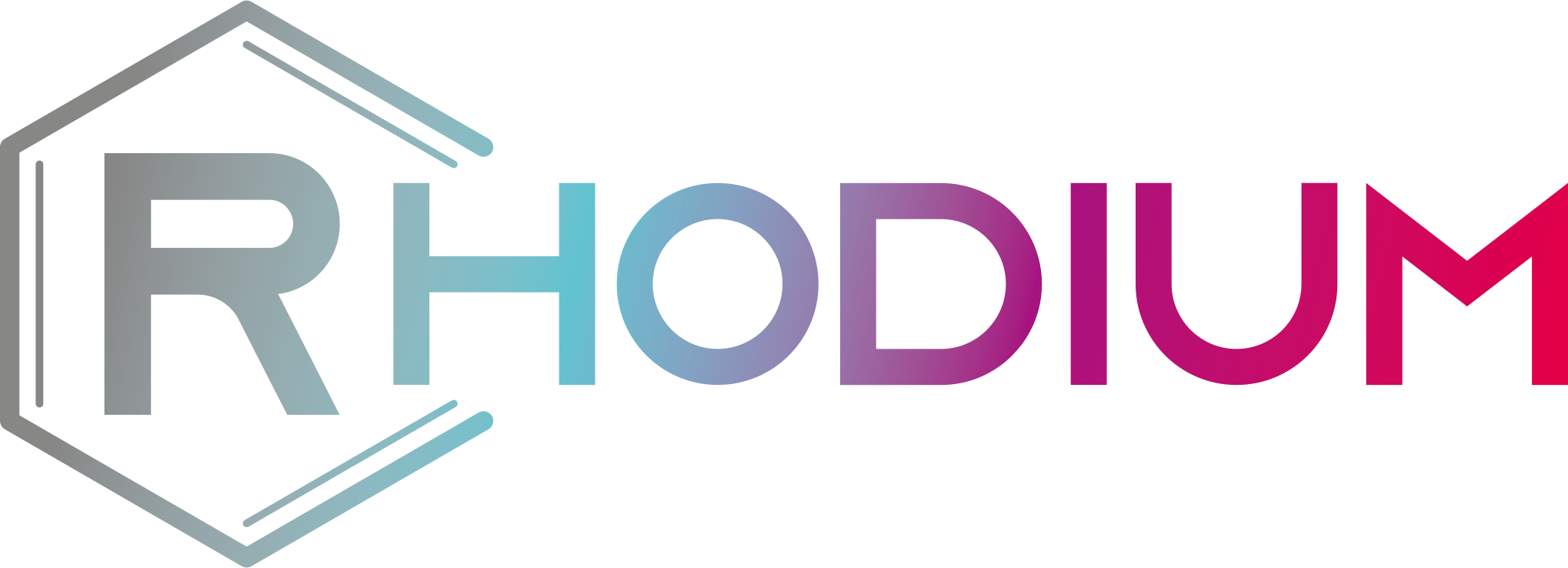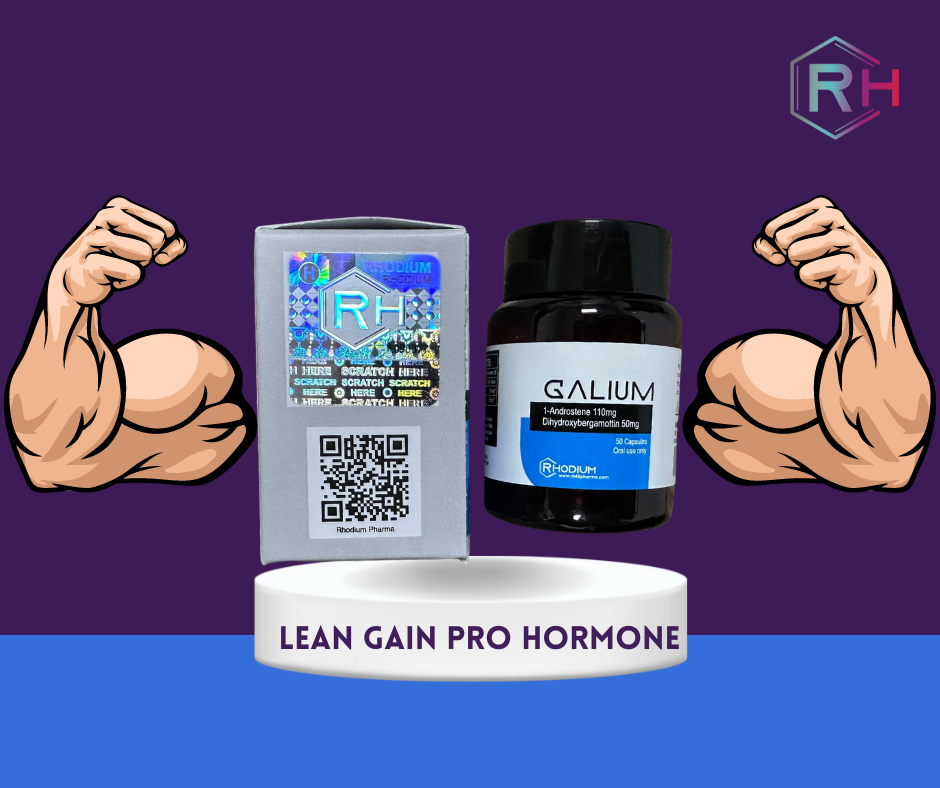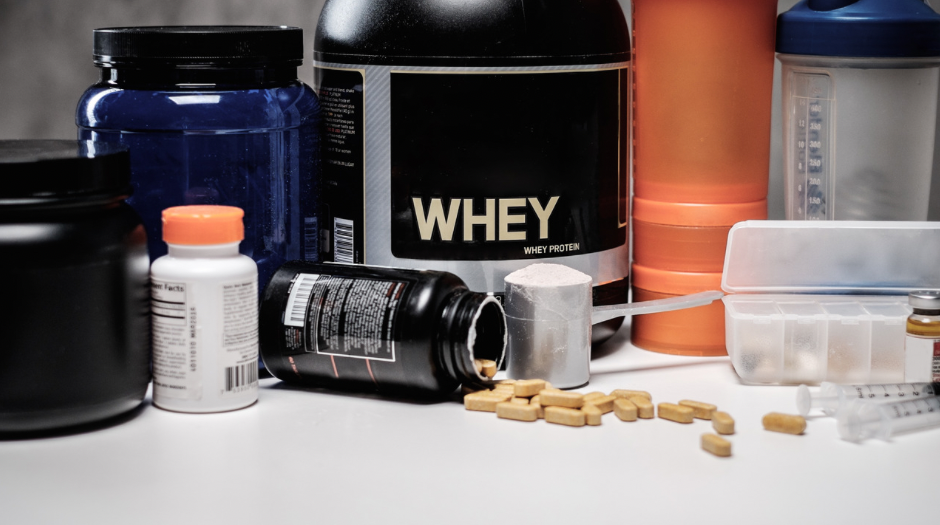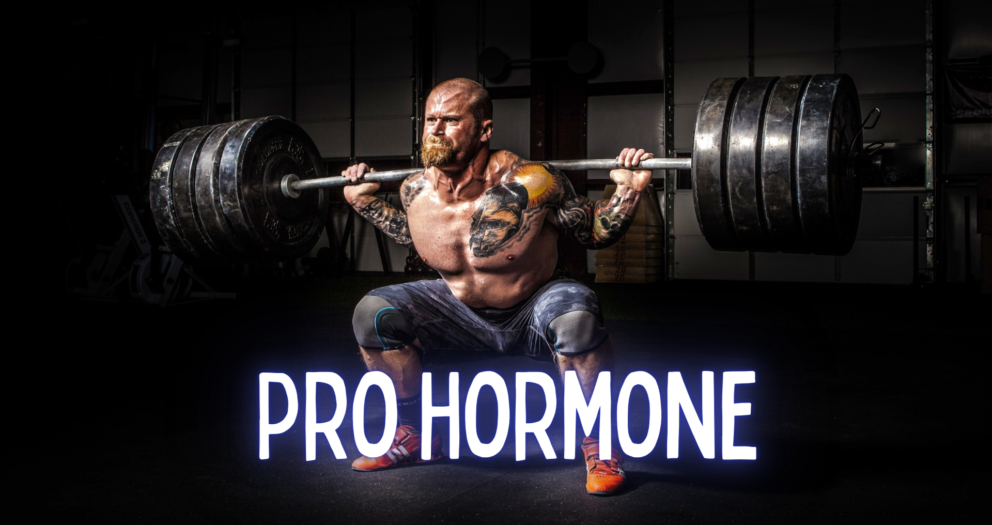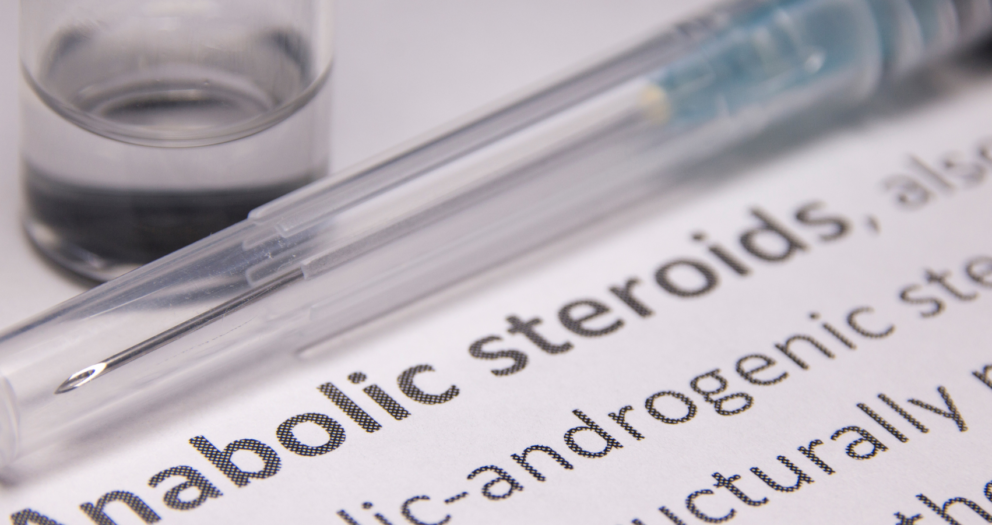Prohormones and anabolic steroids are both popular topics in the world of bodybuilding and athletic performance enhancement. However, many people often confuse these two or don’t fully understand what each of them are and how they differ. In this post, we’ll delve into these topics to provide a clearer picture.
Prohormones: The Legal Alternatives
Prohormones, in the simplest terms, are precursors to hormones. They aren’t active hormones themselves, but when consumed, the body metabolizes them into anabolic hormones.
The primary appeal of prohormones is their legality, at least relative to anabolic steroids. They are often marketed as a legal and safer alternative to anabolic steroids, which have a controversial reputation and are illegal in many sports and countries.
However, it’s essential to note that “legal” and “safe” don’t necessarily mean the same thing. The conversion of prohormones in the body can lead to potent anabolic effects, similar to those achieved with steroids. Hence, they can also carry some similar side effects. These can range from mild issues like acne to severe ones such as liver damage, changes in cholesterol levels, mood alterations, and more.
Anabolic Steroids: The Powerful, But Risky Path
Anabolic steroids are synthetic substances similar to the male sex hormone testosterone. They are often used to promote muscle growth, enhance physical performance, and improve appearance.
While these substances can have profound effects on muscle growth and athletic performance, they also come with a host of potential side effects. These can include cardiovascular problems, mood swings, hormonal imbalances, and long-term damage to liver and kidney functions. As a result of these risks, anabolic steroids are classified as controlled substances in many countries, and their use is banned in most professional sports.
Comparing the Two
When comparing prohormones to anabolic steroids, a few key differences arise:
1. Legality: Prohormones generally occupy a more legally permissible space than anabolic steroids. However, regulations vary by country, and some prohormones have been banned in certain sports and countries.
2. Potency: Anabolic steroids are typically more potent than prohormones. They are active hormones that directly impact the body, whereas prohormones need to be converted by the body into active form.
3. Side Effects: Both can have side effects, some of which can be severe. However, the risks associated with anabolic steroids are often more significant due to their higher potency.In conclusion, while both prohormones and anabolic steroids may be enticing for those looking to enhance athletic performance or physical appearance, it’s important to be fully aware of the potential risks and side effects. It’s always recommended to pursue natural training methods and maintain a healthy diet. If you’re considering the use of performance enhancers, always consult with a healthcare professional first.
Remember, this information should not replace professional medical advice and is meant for informational purposes only.
